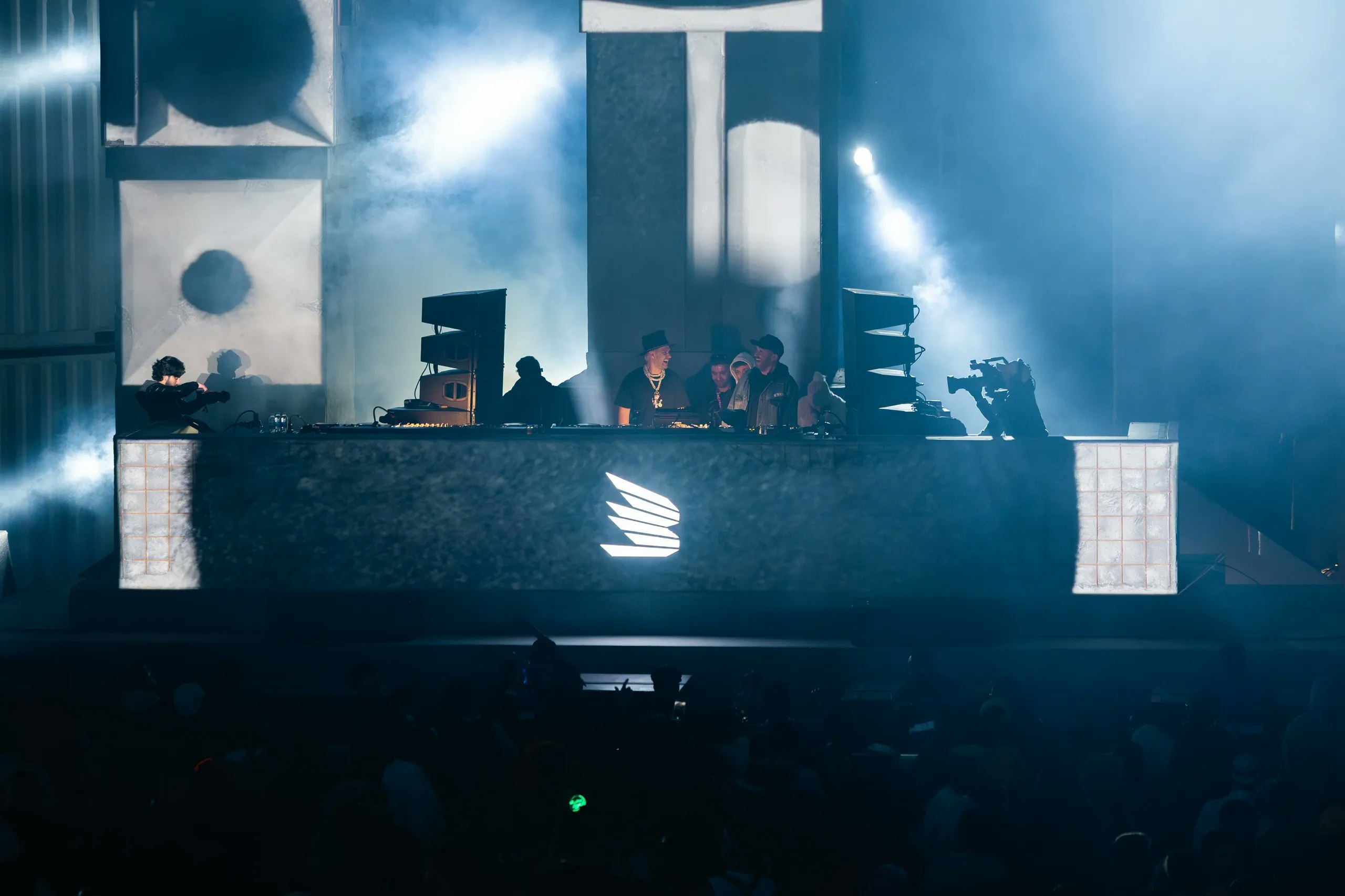

Slavic Sounds: A Guide to Russian Musical Instruments
By MDLBEAST
July 03 2024
Slavic Sounds: A Guide to Russian Musical Instruments
By MDLBEAST
July 03 2024
Music has long been a cornerstone of Russian culture, weaving its melodies through the tapestry of history and society. At the heart of this musical tradition lie a diverse array of instruments, each bearing its unique significance and contributing to the rich tapestry of Russian sound. From the enigmatic balalaika to the rhythmic buben, these Russian musical instruments have played a vital role in shaping the musical identity of Russia.
A Brief Overview of Russian Musical Culture
Before delving into the intricate world of traditional Russian musical instruments, it's essential to set the stage with a brief overview of Russian musical culture. Music holds a revered place in Russian society, transcending mere entertainment to become an integral part of daily life, celebrations, and rituals.
Russian music is as diverse as the vast expanse of the country itself, reflecting the myriad influences that have shaped its development over centuries. From the grandeur of classical compositions by Tchaikovsky and Rachmaninoff to the soul-stirring folk tunes of remote villages, Russian music encompasses a broad spectrum of styles and genres.
At its core, Russian music serves as a powerful means of expression, connecting people across geographical and cultural divides. It evokes emotions ranging from joy and celebration to longing and melancholy, resonating with listeners on a profound level.
Throughout history, music has played a pivotal role in shaping the national identity of Russia, serving as a symbol of unity and resilience in times of hardship. From the imperial splendor of the Tsarist court to the tumultuous era of Soviet rule, music has been both a reflection of societal changes and a source of solace for the Russian people.
In this article, we embark on a journey through the vibrant tapestry of Russian musical tradition, exploring the significance of traditional instruments and their enduring legacy in shaping the cultural landscape of Russia.
The Balalaika
Among the most iconic of Russian musical instruments is the balalaika. Originating in the 18th century, this triangular-bodied instrument with its three strings holds a special place in Russian folk music. Its twangy sound evokes images of vast Siberian plains and cozy village gatherings, making it a beloved symbol of Russian musical tradition.
The Bayan
The bayan, often referred to as Russia's version of the accordion, has a history as colorful as its sound. With its complex system of buttons and bellows, the bayan is capable of producing a wide range of tones, from haunting melodies to lively dances. It has found its way into various genres of Russian music, from classical compositions to popular folk tunes.
The Buben
In the realm of percussion, the buben reigns supreme. This traditional Russian drum, often adorned with jingles and bells, provides the rhythmic backbone to many folk and religious compositions. Its lively beats accompany dancers and worshippers alike, infusing each performance with energy and spirit.
The Volynka
Among the wind instruments of Russia, the volynka stands out for its distinctive sound and construction. Resembling a cross between a flute and a clarinet, this wooden instrument produces haunting melodies that echo across the Russian countryside. Its presence in both folk ensembles and classical orchestras speaks to its enduring popularity and versatility.
The Domra
No exploration of Russian musical instruments would be complete without mentioning the domra. With its lute-like appearance and bright, resonant tones, this string instrument has captivated audiences for centuries. Whether plucked or strummed, the domra's melodies evoke the spirit of Russia's vast landscapes and storied history.
The Lozhki
Finally, we come to the humble lozhki – traditional Russian spoons that double as percussion instruments. By striking, clacking, and tapping these simple utensils together, musicians create intricate rhythms that form the backbone of many Russian folk songs and dances. Though unassuming in appearance, the lozhki plays an essential role in the rhythmic tapestry of Russian music.
Russian musical instruments are more than just tools for making music; they are gateways to a world of culture, history, and tradition. From the spirited melodies of the balalaika to the rhythmic beats of the buben, each instrument tells a story – of triumph and struggle, love and loss, and the enduring spirit of the Russian people. As we continue to explore and appreciate the beauty of Russian musical tradition, let us remember the profound impact these instruments have had on shaping the cultural landscape of Russia and beyond.
-
Explore the most recent news and thrilling updates regarding the Soundstorm music festival on the MDLBEAST website. Seize the opportunity to become part of our community and remain informed about the latest music trends!
Share this


